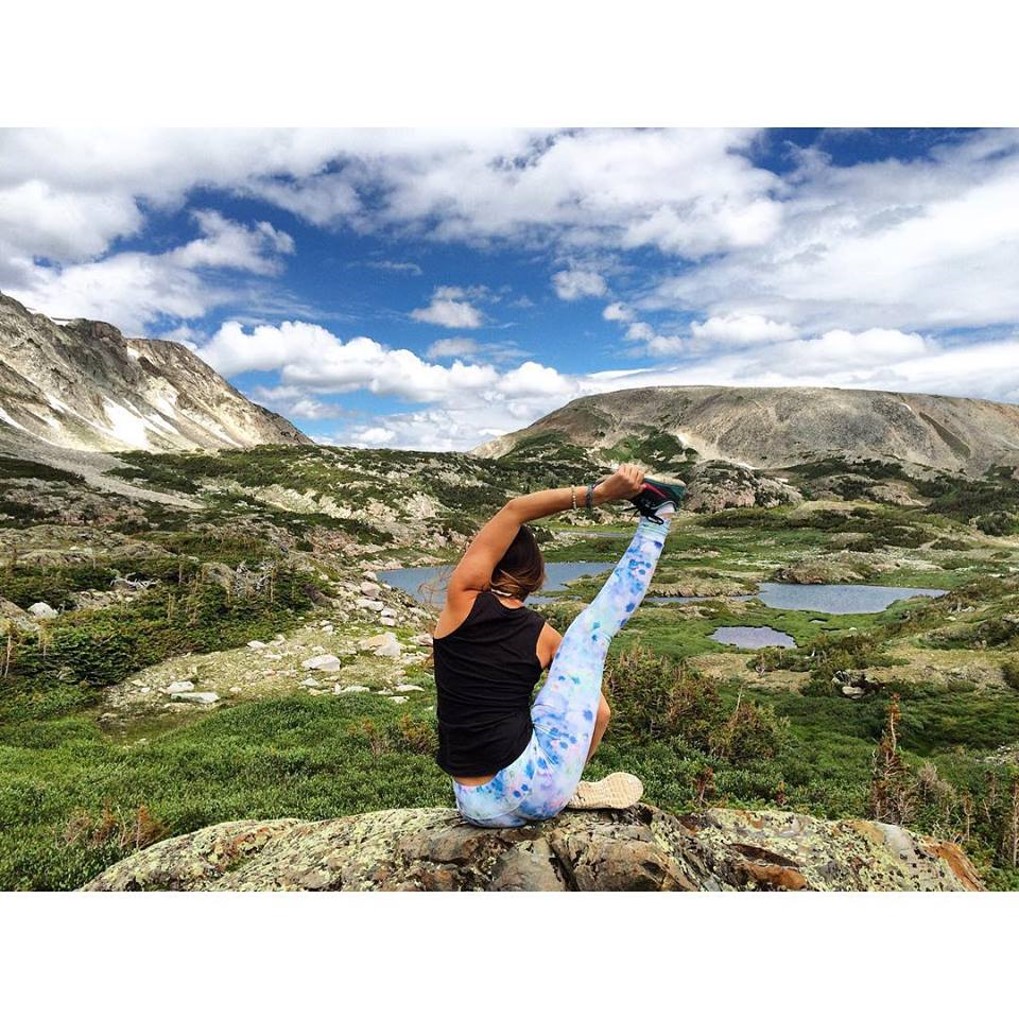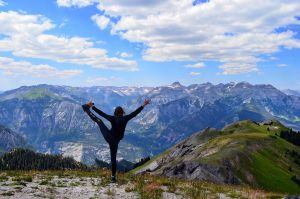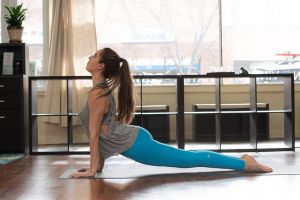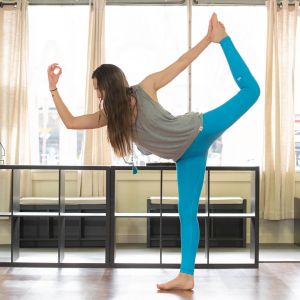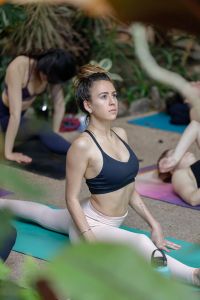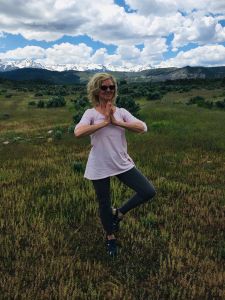Benefits of Pranayama
Yoga is rich with many philosophies, traditions, and even science in the practice. We love that it’s called a practice since each day we continue to discover so many aspects of the ancient discipline. Today, we uncover what is pranayama and its top 5 benefits.
Prana means ‘life force’ or ‘breath’ and ayama means ‘control’ or ‘restraint.’ Together, pranayama is considered “control of the breath” and practiced as a variety of yogic breathing techniques or exercises. Pranayama is the fourth pillar of the 8-limb meditative path described in Pantajali’s Yoga Sutras. Breath is considered the most important form of prana or the flow of energy in the body and a link between body, mind and spirit. Pranayama balances and cleanses the mind and body by eliminating excess carbon dioxide and providing a rich supply of oxygen to the blood. The benefits of pranayama are physical, mental, emotional and spiritual.
Benefits
Physical Benefits
Pranayama strengthens the muscles used in breathing, increasing our lung capacity and improving circulation throughout the body. By exhaling excess carbon dioxide and inhaling oxygen, breath-work can enhance the functioning of internal organs and boost the immune system.
Mental Benefits
Focusing on our breath sends more oxygen to the brain, improving mental clarity, focus, concentration and attention. Breathing helps us to engage higher order thinking skills to promote thought organization, good decision making and planning skills. Taking deep breaths also relaxes and soothes the nervous system to support relaxation, reducing stress as well as physical tension in the body and aiding in sleep hygiene.
Emotional Benefits
Pranayama helps us to let go of negative thoughts and emotions. Focusing on our breath activates the parasympathetic nervous system, reducing the fight or flight response and producing a sense of calm. This supports emotional intelligence by helping us to slow down and identify emotions in ourselves and others.
Spiritual Benefits
Focusing on our breath draws our attention to the present moment and can increase feelings of inner peace and stillness. Breath-work sets the stage for the concentration required for meditation and is a wonderful tool for reflection and prayer.
Beginning a Pranayama Practice
Simply becoming aware of the natural breath is the first step to developing a pranayama practice. Observe your natural breath in any comfortable position, being mindful not to change anything at first. It may be helpful to gently close your eyes. Draw your awareness to the natural rhythm of your own breath, noticing the rise and fall of each inhale and exhale. Notice where you feel your breath in your body.
When you’re ready, begin to deepen the breath using diaphragmatic or belly breathing. The diaphragm is the primary muscle of breathing and sits at the base of your rib cage, underneath your lungs. Using diaphragmatic breathing is a foundational practice as this technique engages and strengthens the muscles we use when we breathe, maximizing lung capacity.
To perform diaphragmatic breath, fill the lungs from the bottom up by engaging the diaphragm and expanding the belly horizontally, chest and shoulders remain stable. It may be helpful to place one hand on the belly so you can feel the expansion and contraction as you breathe deeply in and out.
Next, you can try lengthening the breath by inhaling to a count of 4 and exhaling to a count of 4. As you feel comfortable you can continue to lengthen breath by increasing the count.
PRANAYAMA WORKSKHOP
Instructors Elie Malloy and Kylie Davis will be teaching a 3-hour Pranayama Workshop to share more about how to access the many benefits of incorporating breath-work into your yoga practice. The workshop is on Saturday, January 18th from 12:00-3:00 at Yoga House and the cost is $40.
During this 3-hour workshop, you’ll receive hands-on instruction in the anatomy and physiology of the breath and energy body and experience the benefits of pranayama through exploration of yogic breathing techniques, closing with a guided meditation.
– Exploration of pranayama
– Study the anatomy of the breath and energy body
– Experience the benefits of pranayama
– Practice a variety of yogic breathing techniques
– Guided meditation on breath
We would love for you to join us!
